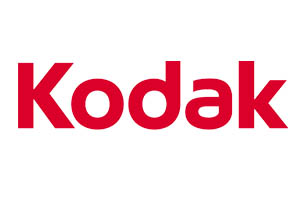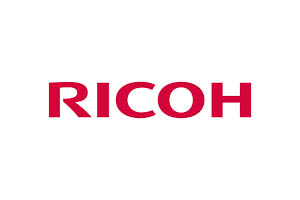Finishing…
Finishing Services
The team at Optima Press can provide a range of specialist finishing services to enhance your printing. Finishing is a great way to add that special touch to any form of printing, and we are here to help you make sense of what print finishes are available so that you can select the right one, depending on your project.
There is a whole range of finishing services to choose from to customise and produce a unique product that is ready for distribution. If you want your project to stand out from the crowd, you can take advantage of the following processes:

Comb, Spiral and Wire Binding
A method of binding that uses a plastic or wire spine into holes punched along the edges of the paper and cover. These types of binding are ideal for reference books, reports, instruction or maintenance manuals and study guides.

Die Cutting
This is cutting out individual print pieces to a desired shape, which is an essential process in folders, promotional items, packaging and boxes.

Embossing
A method of producing a raised image on paper or cardboard by applying pressure over a mould. Typically seen in unison with UV coating on projects that require a strong visual appeal.

Foiling
This is the process of adding foil to the printed material to achieve stunning accents and greatly increase the visual impact.

Laminating
This is the process of adhering a thin plastic film to the top of a printed job to protect the surface or add a matte, gloss or soft touch finish. We encourage this process on all jobs that require a more professional touch, as laminating elevates your product with its tactile feel and increased visual impact.

Perfect Binding
A widely used method of binding a book, where the pages are glued together at the spine with a strong adhesive. Common for larger publications or books.

Spot UV Varnishing
A shiny and durable liquid gloss coating is applied to the printed material and then cured with ultraviolet light. This process adds a professional touch to print collateral.

Saddle Stitching
This is another method of book binding, where staples are used long the spine to hold pages together. Commonly used for projects with larger quantities, more suitable for cost sensitive publications.








